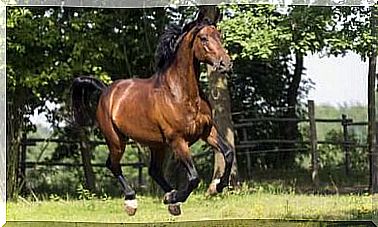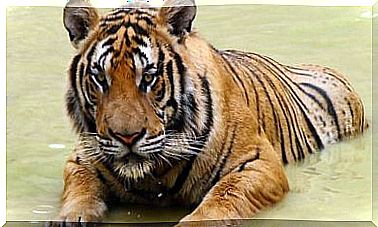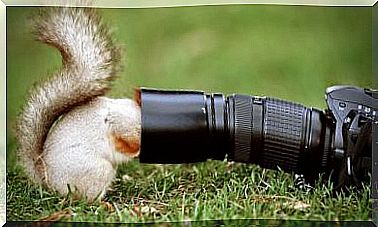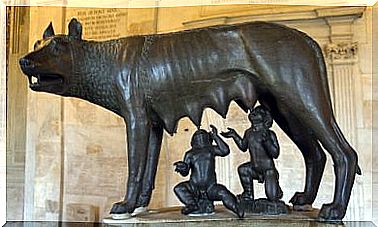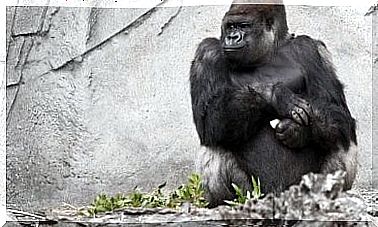Meet The Iberian Imperial Eagle

If any Iberian species is characterized by having a small and threatened population, it is the Iberian imperial eagle ( Aquila adalberti ). Its delicate situation is the result of a series of factors that, in recent centuries, have reduced its population to around 130 couples. In fact, it is considered one of the seven most endangered species in the world.
What is the Iberian imperial eagle like?
The Iberian imperial eagle is characterized by:
- Have a wingspan of up to 2 meters.
- Weight close to three kilos in males and three or four kilos in females.
- It has dark plumage, with light spots on the edges of the wings. The head has dark yellow tones and the tail is gray with a black band.
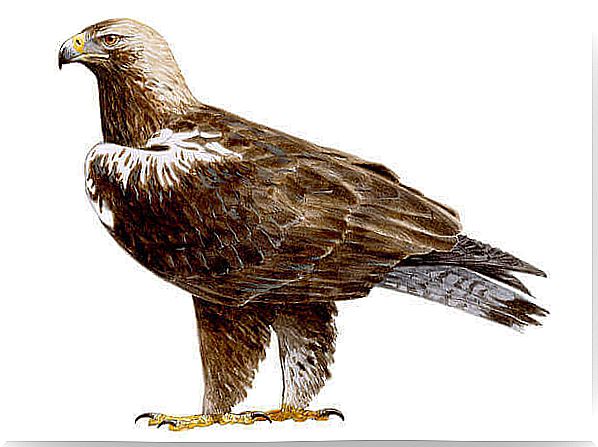
Worldwide distribution of the Iberian imperial eagle
Its distribution takes place exclusively in the Iberian Peninsula. In fact, it only breeds in Spain. At one point, this bird was linked to the Eastern Imperial Eagle, distributed throughout Eastern Europe, but today the two are separated by Central Europe.
Within the peninsular territory, it is located in the mountains and plains of the centre, west and southwest : Madrid, Castile and Leon, Castilla-La Mancha, Extremadura and Andalusia. In Morocco, it is still possible that there are still some isolated couples.
ecology and behavior
food
This bird feeds on up to 100 different species of vertebrates, with the rabbit as its food base. In Doñana, in autumn and winter, the common goose is also very important in their diet. In other latitudes, their diet includes coots, ducks, pigeons, magpies and sardons. Some couples and scattered chicks can also feed on cattle carrion.
Predation
Once it locates prey with its keen eyesight, the imperial eagle uses its claws to capture it. To hunt on land, the bird has developed short, thick legs with which to catch by surprise in vegetation or attack from a great distance in the air with its wings spread.
reproduction
Like the Black Vulture, it builds its nests in the treetops and maintains several alternative nests in each territory. Thus, in Doñana these birds nest in cork oaks, stone pines and eucalyptus, but in the central region they use pines or holm oaks.
Conservation of the Iberian Imperial Eagle
Since awareness of the danger of extinction of the imperial eagle was gained, several efforts have been made to improve its situation. Numerous works and conservation efforts were carried out, culminating in the declaration of protected areas for the species.
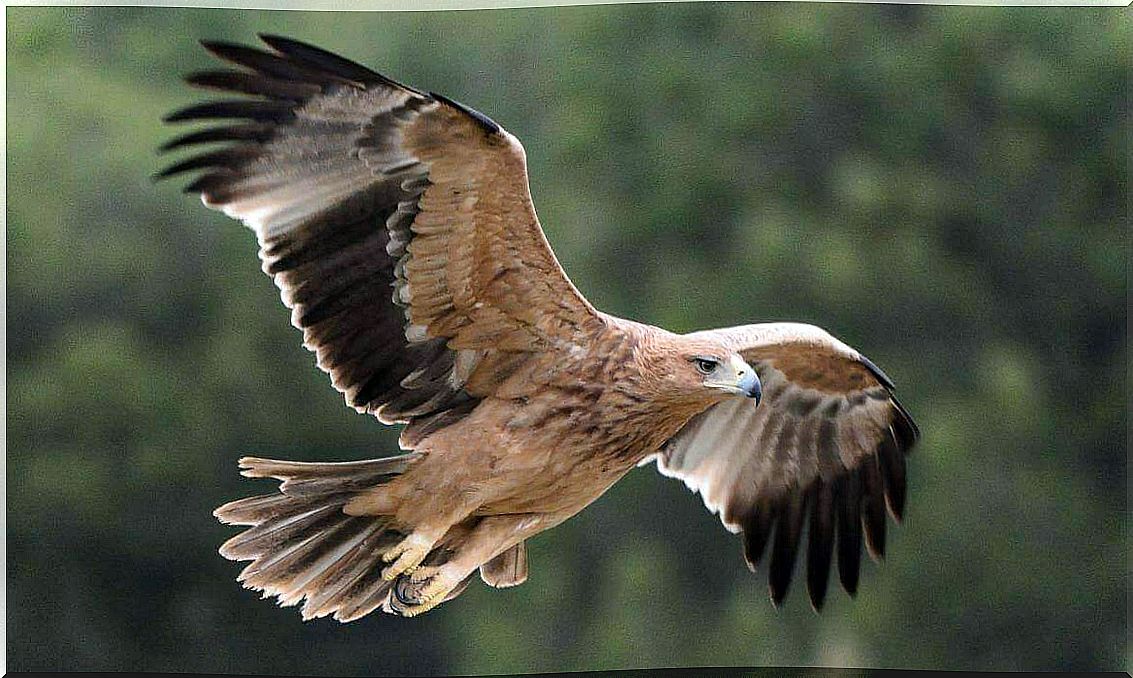
Although in the 1960s it was possible to interrupt its regression and timidly increase its reproductive population, the current situation is once again at risk. The decline of the species returns, mainly due to the incidence of poisons. If before the problem was strychnine, now any mixture of insecticides, fungicides or other chemicals is toxic to these birds.
What can we deduce from all this?
In summary, we highlight the importance and need to establish a recovery plan for the autonomous communities in Spain so that they become a tool to help prevent their disappearance. The drafts of this project were written several years ago. Let’s hope that when they come out of the picture, it’s not too late.
